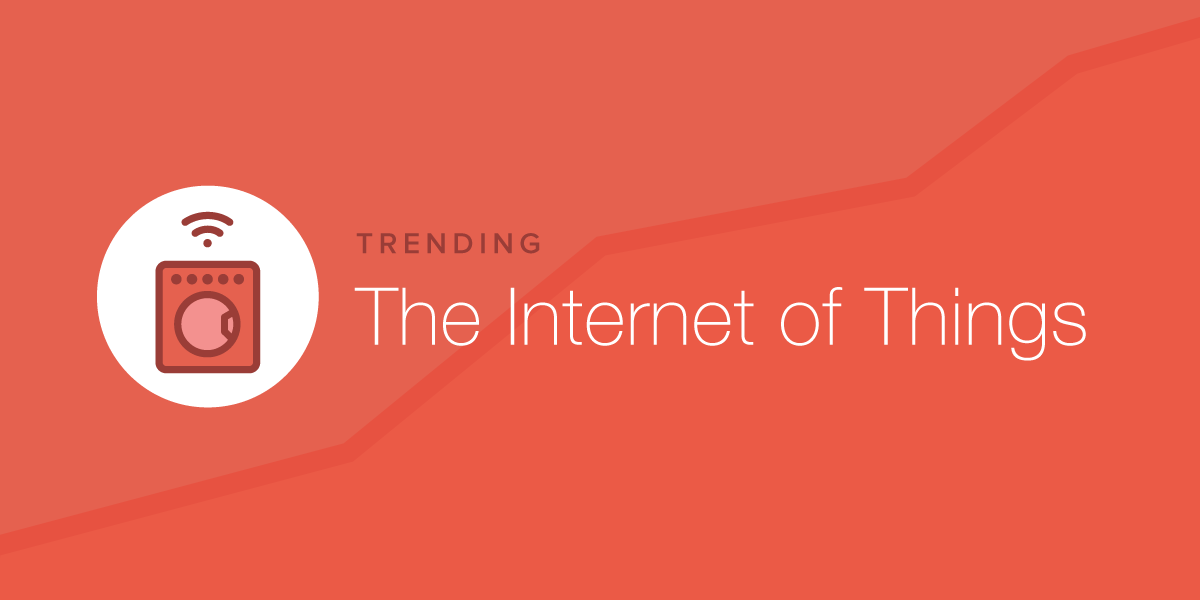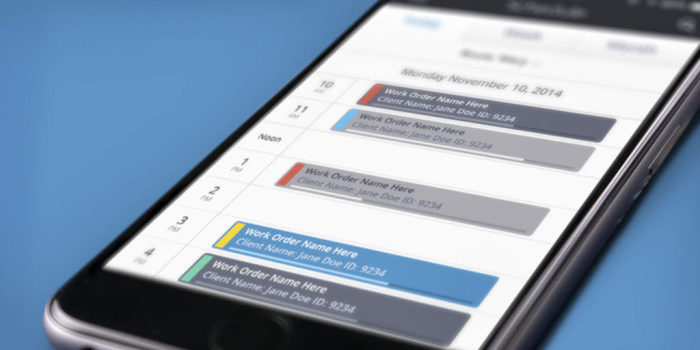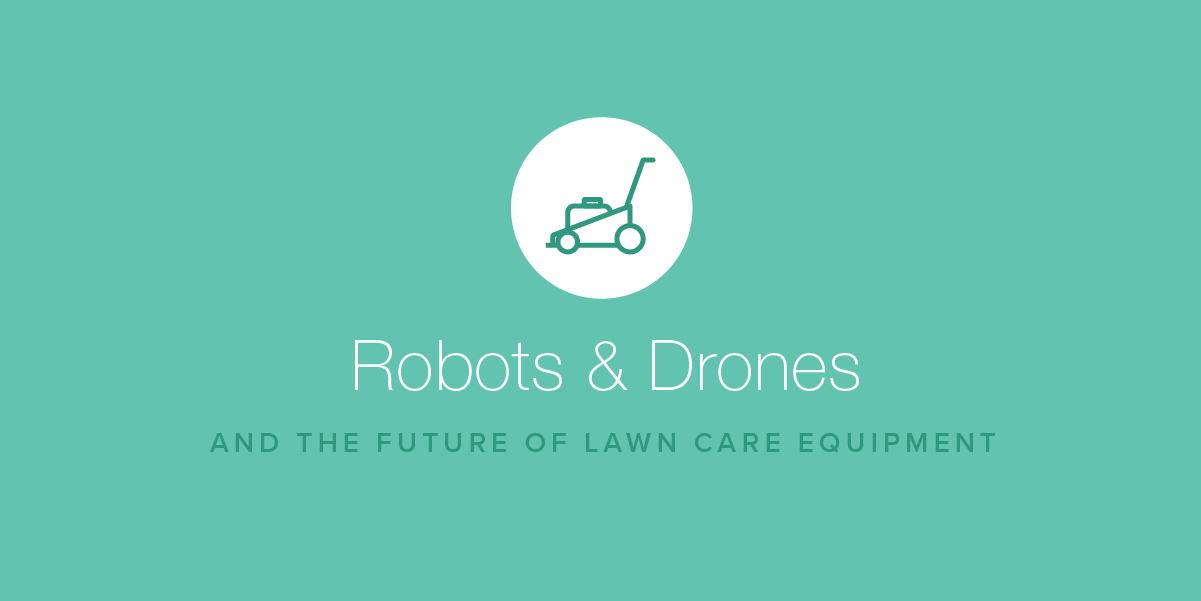Is it Time to Invest in The Internet of Things for Your Service Company?
- November 14, 2016
- By: Vonigo
We’re living in a Universal Studios future. Self-driving cars; phones that can carry on lifelike conversations; smart homes that adjust to your mood. The Internet of Things (IoT) is bringing the same level of convenience to our homes and workplaces that we’ve enjoyed in our smartphones. By putting sensors into a selection of everyday objects – from utility pipes to the aisles of retail shops–the IoT is helping us better understand how humans are using energy, or moving around a space. Think of tourist hotspots texting you a special offer as you check into your hotel, or a thermostat that senses when there’s no motion in a home and turns off the heat. Or a hot water tank that signals your field services software booking system when it needs to be serviced. The possibilities are endless, and these seemingly futuristic concepts either already exist, or are arriving soon.
The IoT is expected to be a $1.7 trillion market by 2020. Service-businesses have a great opportunity to capitalize on the IoT, and to adopt some of the tech to build bigger and better businesses. Here’s what you should be thinking today to be ready for tomorrow.
Fix up Your Fleet and Get Smart

Telematic sensors: Not rocket science after all
Your roving service technicians and salespeople connect to the office with smartphones and tablets. Why aren’t the vehicles they drive similarly connected? By applying sensor-technology to your fleet and linking the information to your workforce management systems, you can check everything from the condition of the vehicle to the mileage per tank of gas. Cost savings for smart fleet management may be as high as 15 percent when paired with the pairing technology. “Telematic sensors” sounds like something NASA uses on rockets, but companies like uHaul are already reaping their benefits in both maintenance costs and route-planning.
Those are solutions for today, but five years from now companies will be using self-driving cars to deliver services and packages. With no driver required, your mobile workforce can complete their job reports on tablets from the passenger seat, boosting productivity and creating opportunities for even more customers to be pursued and served. With companies like BMW, Tesla, and Mercedes already testing fleets of these self-driving vehicles, there may be 10 million of these vehicles on the road by 2020.
Keep Your Eyes on Your Supplies
UPS built a business on always knowing where your package is, and they no doubt saved a lot of money by being able to find their products. Imagine being able to call up where any given thing in your warehouse was, and being led right to it. The IoT can already do that.
And a lot of manufacturing companies are taking advantage of the tech. A lot? Sorry, we meant a ton. 83% of surveyed manufacturers are using the IoT to improve their security, and keep tabs on their equipment. Make sure that no expensive parts ‘go missing’ from your shops or trucks ever again.
Keep an Eye on Your Customers to Offer Service That Delights
Thanks to the IoT, your customer service might be about to transition from “good” to “unbelievable.” As smart sensors become more common in homes – on floors, ceilings or in between walls–information around abnormal factors within the home are just a smartphone notification away. Consider the benefit that a plumber who has adopted IoT might have over a more traditional competitor. *Ping* – that’s the sound of the smart-sensor sending an message that it has noticed an abnormality in the home of a previous customer. Not only does this give that plumber a leg up on his competition, it allows him to get to the problem before it becomes a more serious issue. Carmakers such as GM are already testing IoT technology to predict when equipment is about to fail and replace the worn-out parts, with no significant loss of production. The companies that are tracking these alerts (often from smartphones or other mobile devices) are offering a new level of proactive customer service. Guaranteed attention before a small issue becomes a huge problem? Talk about customer retention.
Are you already using any of the ideas above to cut costs, improve productivity or boost sales? Tell us how you’re using the IoT to transform your business. Interested in other ways technology can optimize your business? Check out our free ebook: How to Book More Jobs, Save Time and Money with The Right Tools.



